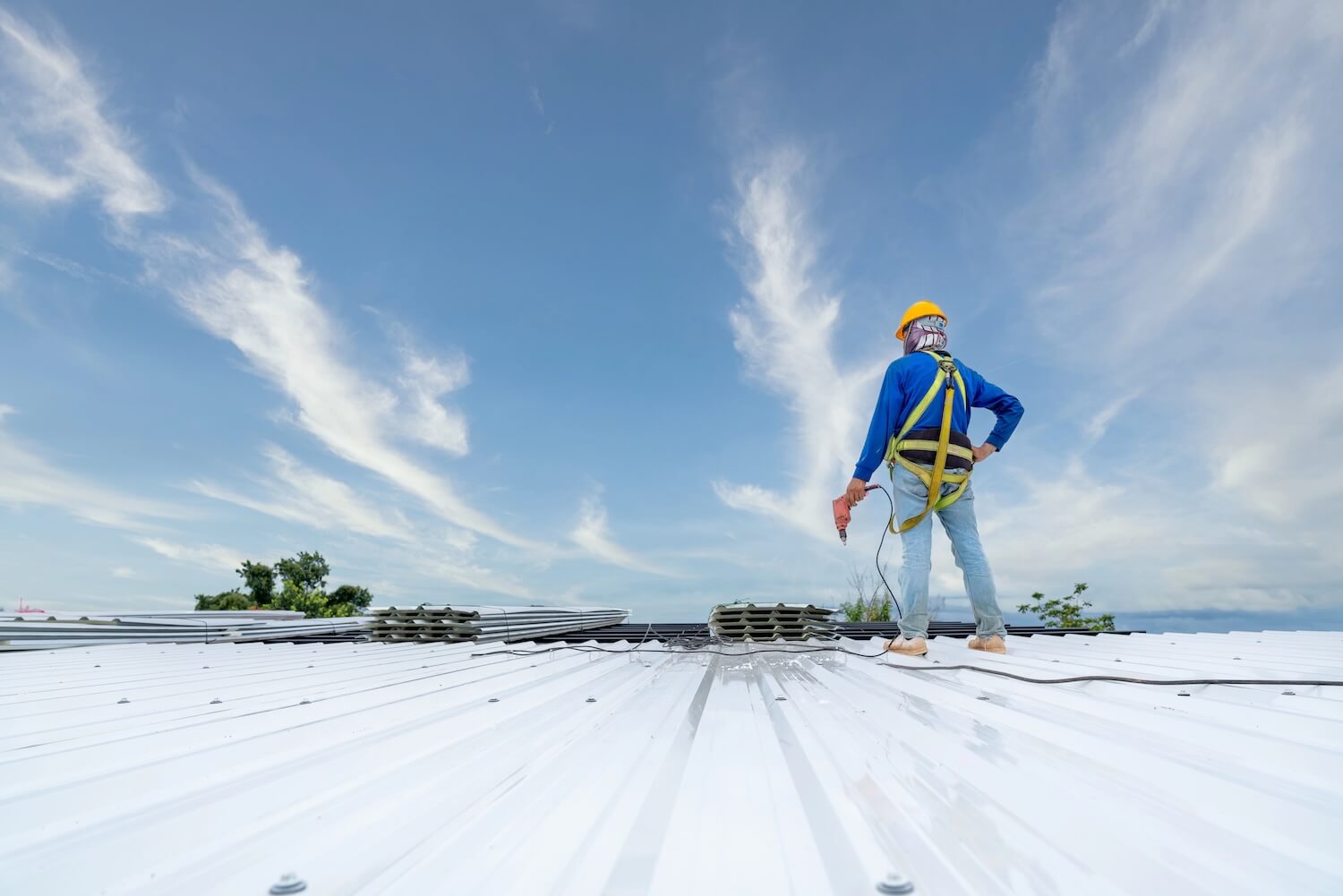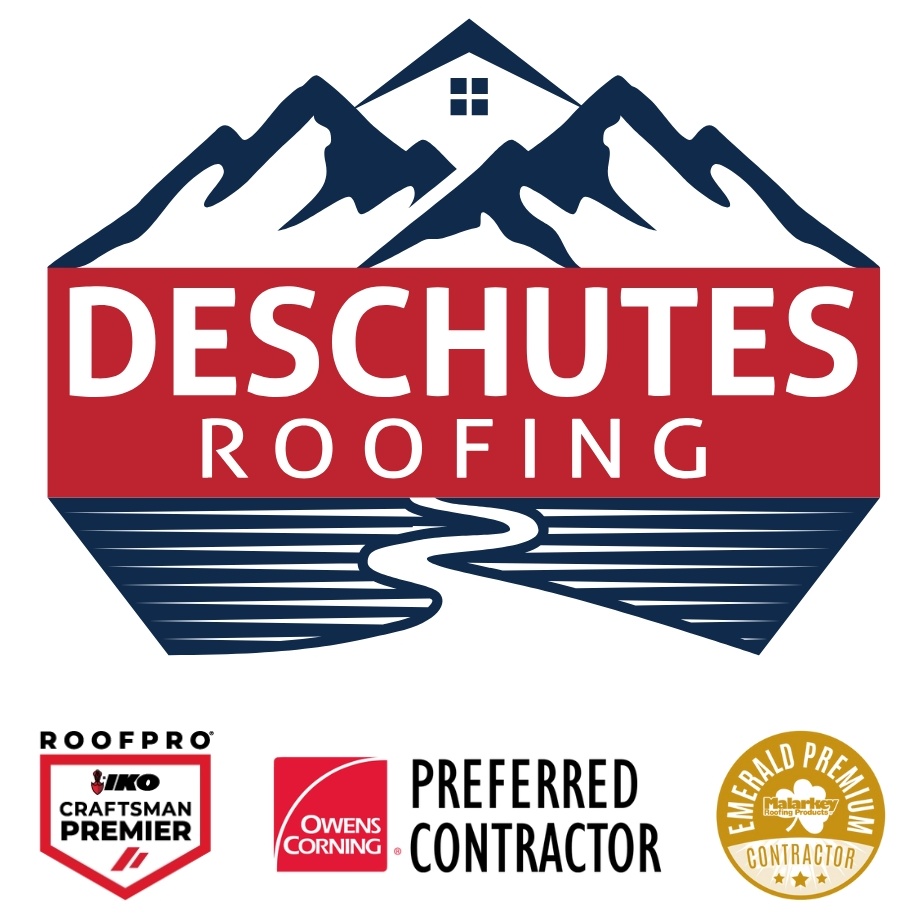Commercial roofing is more than just a building necessity; it is a strategic investment that requires careful consideration and planning. The roof of a commercial building plays a critical role in protecting the structure, its occupants, and the overall business operations. Given its importance, it’s essential for business owners to understand the factors that influence commercial roofing costs and to budget wisely for both short-term and long-term needs.

This article will explore the comprehensive cost considerations involved in commercial roofing, provide strategies for budgeting effectively, and offer insights on maximizing long-term value.
We will also discuss how proper budgeting can ultimately contribute to the longevity of your roof, ensuring that your commercial building remains secure and operational for years to come.
1. The True Costs of Commercial Roofing: Breaking It Down
When it comes to commercial roofing, there are a wide variety of materials and systems to choose from, each with varying costs and benefits. The price of a commercial roofing project depends on a combination of factors, including the roofing material, the building’s size, complexity, labor costs, geographical location, and the time of year. Let’s break down some of the primary cost factors:
Roof Size and Roof Design Complexity
The size of the roof is the most straightforward cost determinant. Larger roofs require more materials and more labor to install and maintain. A simple, flat roof will be cheaper than a more complex roof with multiple levels, slopes, skylights, and vents. Roofs with intricate architectural features often require more planning and customized solutions, which can increase both material and labor costs.
Additionally, the slope of the roof plays a significant role in cost. Steep roofs require special equipment and safety measures for installation and maintenance, further adding to the price. For example, a flat roof may cost $5 to $8 per square foot to install, while a sloped or complex roof may cost anywhere from $8 to $15 per square foot or more.
Material Choices: From Budget Roofing to Premium Roofing
The material selected for the roof is one of the most significant cost factors. Different materials have vastly different price points, as well as varying levels of durability and maintenance needs. Here are some common roofing materials used in commercial buildings and their associated costs:
-
EPDM (Ethylene Propylene Diene Monomer): EPDM roofing is one of the most affordable options available. It’s typically priced between $3 to $6 per square foot and has an impressive lifespan of 20 to 30 years. Its affordability and reliability make it a popular choice for flat roofs.
-
TPO (Thermoplastic Olefin): TPO is another cost-effective roofing option, typically priced between $4 to $8 per square foot. Known for its energy efficiency, TPO reflects heat away from the building, helping to lower cooling costs in warmer climates.
-
Modified Bitumen: This is a slightly more expensive option compared to EPDM or TPO, typically ranging from $4 to $7 per square foot. It’s especially useful for low-slope roofs and offers moderate durability.
-
Metal Roofing: Metal roofs are pricier, with costs typically ranging from $8 to $12 per square foot, depending on the material (e.g., steel, aluminum, copper). However, they are incredibly durable, with lifespans of 40 to 50 years or more, and they offer energy efficiency benefits by reflecting heat away from the building.
-
Built-Up Roofing (BUR): BUR roofing systems, often made from multiple layers of asphalt or tar and gravel, are another option for commercial buildings. They tend to cost around $6 to $10 per square foot and are highly durable but require regular maintenance to ensure long-term performance.
-
Green Roofing: Green roofs, which include a living vegetation layer, are a more expensive choice, ranging from $15 to $25 per square foot or more. These roofs offer eco-friendly benefits and provide additional insulation, but their installation and maintenance costs are considerably higher.
Roofing Labor Costs
Labor accounts for a significant portion of the total cost of installing a commercial roof, often making up 30% to 40% of the overall price. Labor costs vary based on geographic location, the complexity of the roof, and the experience of the contractors.
Hiring skilled, experienced roofers may cost more initially, but it can save money in the long run due to better craftsmanship and fewer repairs. Labor rates also fluctuate with the season—roofing work tends to be cheaper in the offseason (fall and winter) due to lower demand, while peak season (spring and summer) may lead to higher prices.
Roof Type and Roof System Complexity
The complexity of the commercial roof also influences the cost. Simple flat roofs are generally less expensive, but if a building has a sloped, domed, or multi-level roof with ventilation and drainage systems, the costs can increase. In addition, some buildings require special roof systems, such as those designed to handle extreme weather conditions (e.g., wind-resistant or snow-load systems). These complex roofing systems come with additional costs due to their engineering and installation requirements.
Regional and Seasonal Cost Variations
Roofing costs vary by region due to local labor rates, material availability, and climate conditions. For example, roofing in a region with harsh winters may require specialized materials to prevent ice dams or snow buildup. In areas prone to heat, energy-efficient roofs like TPO or metal may be more commonly used to reflect sunlight and reduce cooling costs.
Seasonality also affects costs, as roofing projects are typically cheaper during off-peak months (fall and winter) when demand is lower. Contractors may offer discounts or reduced rates in these seasons, so it’s worth planning your roofing project accordingly if possible.
2. Roof Installation Costs: Initial and Hidden Expenses
Understanding the full scope of roof installation costs is essential for accurate budgeting. While the price of materials and labor is typically the largest expense, there are other factors to consider that may influence the total installation price:
Tear-Off vs. Roof Overlay
If the building already has an existing roof, you may face the decision of whether to remove the old roof (tear-off) or install a new roof on top of the existing one (overlay). A tear-off is often necessary for roofs in poor condition or those made from multiple layers of materials. The cost of a tear-off typically ranges from $1 to $3 per square foot.
In contrast, a roof overlay involves less labor and fewer materials but may not be feasible for all roofing systems, particularly if the old roof is showing significant signs of wear. Overlaying a roof can cost about $0.50 to $2 per square foot, making it a more affordable option for many commercial property owners.
Roof Permits, Inspections, and Codes Compliance
Before beginning a roofing project, ensure that all necessary permits are obtained. Many local municipalities require permits for roof replacement or substantial repairs. Permit fees vary but are typically in the range of $100 to $500, depending on the size and complexity of the project.
Additionally, the roofing project must comply with local building codes, which may affect both material selection and installation methods. If the building needs to undergo structural modifications to support the new roof, that will add additional costs. Roof inspections during and after installation are often necessary to ensure compliance with safety standards and to guarantee warranty eligibility.
Safety Measures and Equipment
Roofing is a hazardous job that requires specialized safety equipment and procedures. Safety measures such as harnesses, scaffolding, and safety barriers add to the overall cost of the project. While these safety protocols are essential to protect workers and ensure the successful completion of the roof installation, they also come with additional costs. Safety features can contribute anywhere from $500 to $2,000 or more to the final bill, depending on the roof’s size and complexity.
Project Management and Coordination
The coordination of the roofing project, especially in larger commercial buildings, requires project management to ensure timelines, budgets, and quality standards are met. While some roofing companies handle this internally, others may charge additional fees for project management. This service includes oversight of scheduling, vendor coordination, material procurement, and ensuring compliance with the agreed-upon scope of work.
3. Long-Term Roofing Considerations: Roof Maintenance and Energy Savings
When budgeting for commercial roofing, it’s essential to look beyond the initial installation and focus on the long-term costs associated with roof maintenance, repair, and replacement. This long-term approach helps ensure that the roof continues to perform optimally throughout its lifespan, minimizing the need for costly repairs or early replacement.
Regular Roof Maintenance
Routine maintenance is a crucial part of prolonging the life of a commercial roof. It’s often said that prevention is cheaper than cure, and this is true when it comes to roofing. Regular inspections (at least annually) can identify issues before they become severe, such as leaks, ponding water, or damaged membranes. The cost of regular maintenance is generally modest, usually ranging from $200 to $1,000 per visit, depending on the roof’s size and complexity.
Roof Repairs
Even with regular maintenance, repairs will be needed from time to time. The cost of repairs can vary greatly depending on the extent of the damage. For example, small repairs such as patching a crack may cost as little as $200 to $500. However, major repairs, such as fixing a leaky roof or replacing damaged flashing, can cost thousands of dollars. The longer you wait to address roofing issues, the more expensive the repair will become.
Energy Savings
Energy-efficient roofs not only provide a return on investment by lowering energy bills, but they also contribute to a company’s sustainability efforts. Roofs that reflect more sunlight (like TPO or metal roofs) can significantly reduce the heat absorbed by the building, thus lowering cooling costs during the summer months.
Green roofs, while expensive to install, provide long-term savings by offering better insulation and reducing the urban heat island effect. The environmental benefits, combined with the savings on energy bills, make green roofs an attractive option for businesses looking to go green.
Roof Warranties and Life Cycle Costing
Roof warranties can offer peace of mind by covering the costs of repairs or replacements in the event of premature failure. Many commercial roofing systems come with warranties ranging from 10 to 30 years, but it’s essential to understand what the warranty covers. Some warranties only cover defects in materials, while others may also cover installation issues. Always carefully review warranty terms before making a decision.
Life cycle costing (LCC) is a method of evaluating the total cost of a roof over its lifespan, including installation, maintenance, repairs, and energy savings. An LCC analysis helps business owners determine the most cost-effective roofing option based on both initial costs and long-term benefits.
4. Financing Your Roofing Project
For businesses that lack the upfront capital to pay for a new roof, financing options can provide much-needed flexibility. Several financing options are available:
-
Roofing Loans: Many financial institutions offer loans specifically for roofing projects. These loans may come with fixed or variable interest rates and repayment terms based on the scope of the roofing project.
-
Leasing: Some roofing companies offer leasing programs where businesses can pay for the roof in installments over several years. Leasing can be a good option for businesses looking to conserve capital, but it’s important to compare rates and terms carefully.
-
Insurance Coverage: If a roof is damaged by an unexpected event like a storm or fire, insurance coverage may help offset the cost of a roof replacement. However, many insurance policies require businesses to pay a deductible and may only cover certain types of damage. Review your insurance policy to ensure that your roof is adequately covered.
Roofing Conclusion: A Strategic Investment for Long-Term Success
Budgeting for commercial roofing requires a holistic approach that goes beyond the initial cost. By understanding the various cost factors, choosing the right materials, planning for maintenance and repairs, and considering long-term energy savings, business owners can ensure they are making a sound investment.
Whether you are installing a new roof, replacing an old one, or seeking to repair an existing roof, taking the time to plan, research, and budget properly can help protect your investment, save money in the long run, and ensure the longevity and performance of your commercial roof for years to come. Ultimately, a well-maintained and strategically chosen roof can offer long-term value that far outweighs its initial cost.










